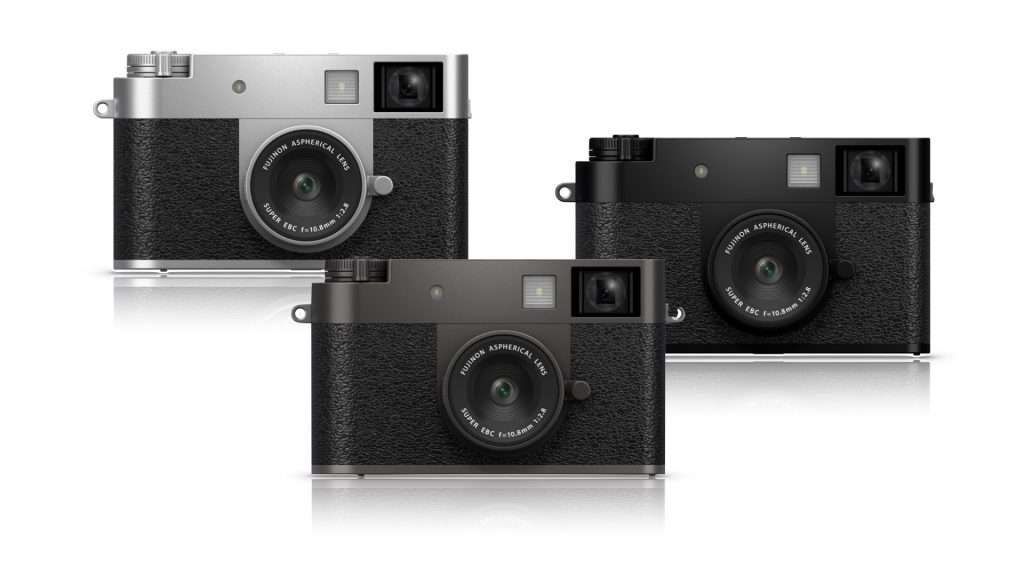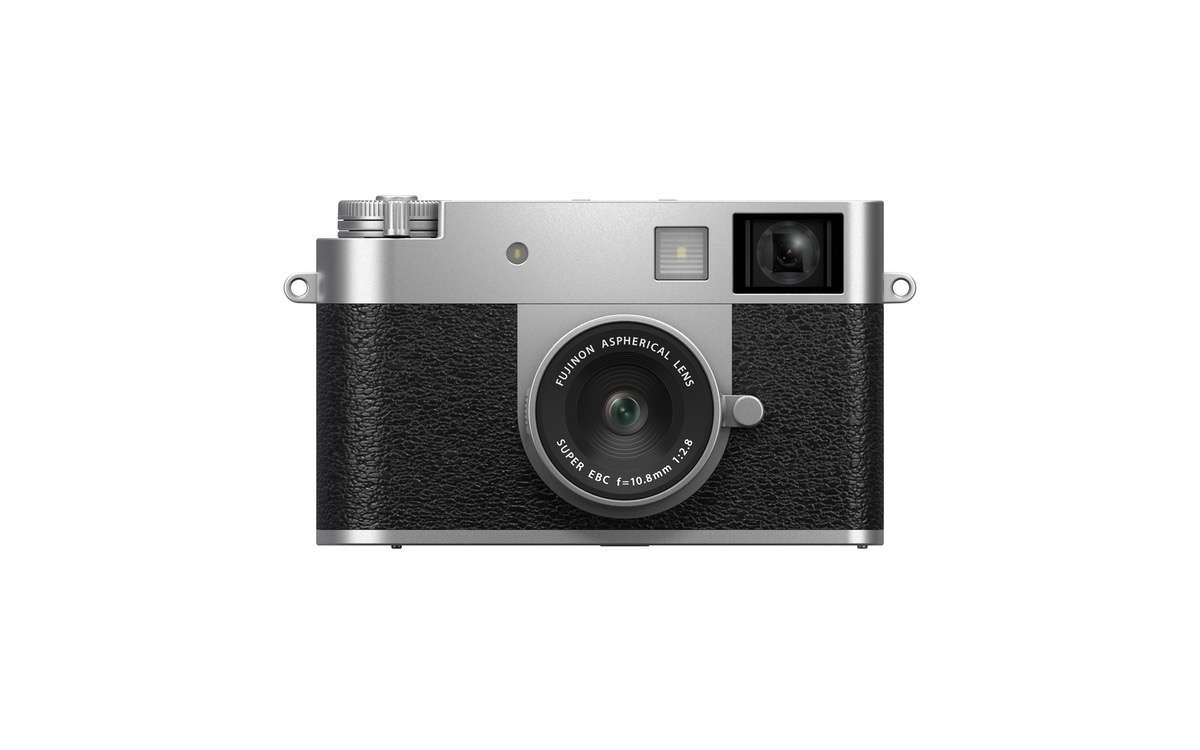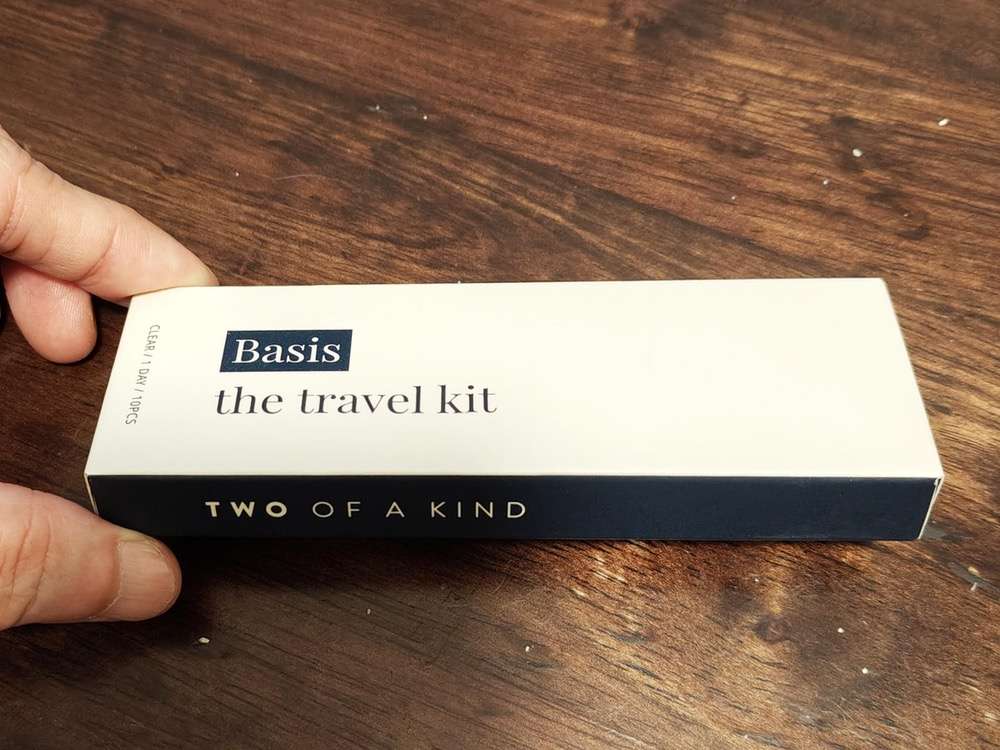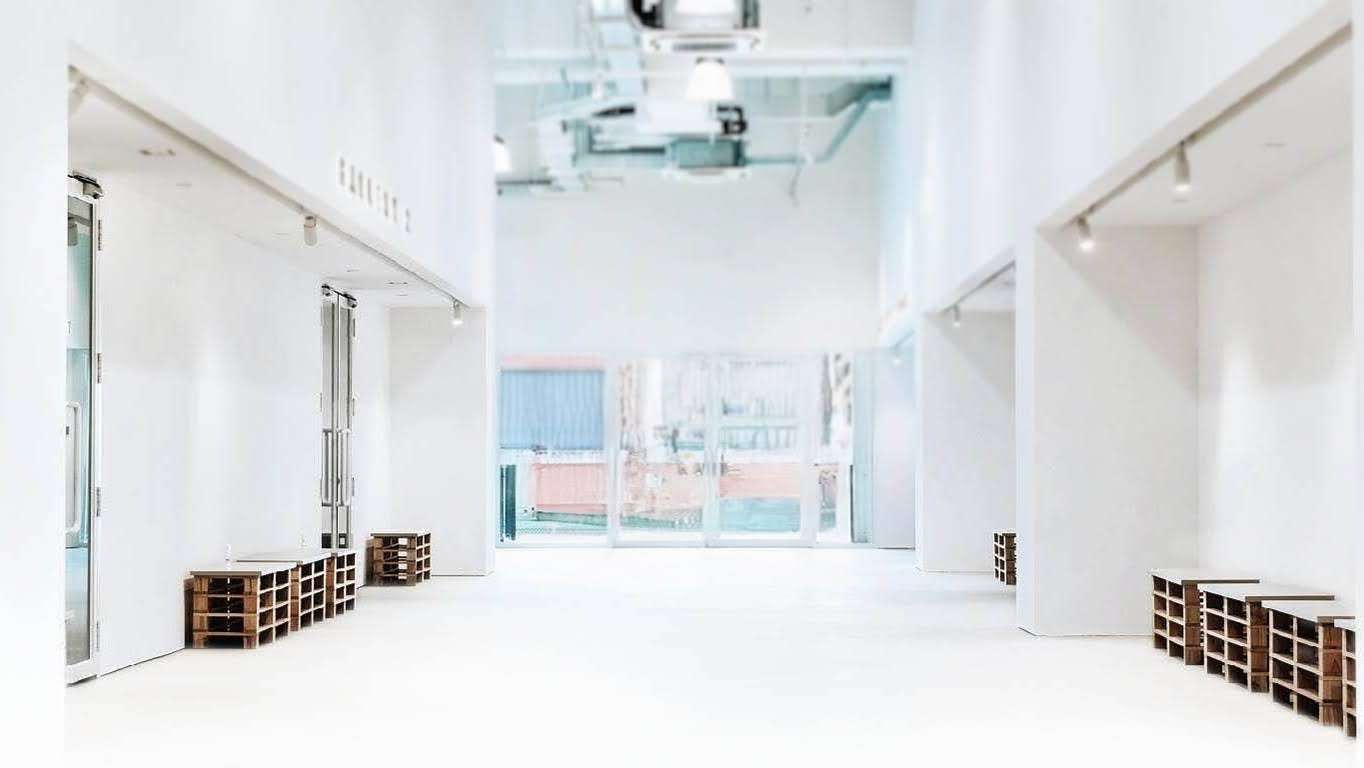What To Know
- The X half attempts to bridge the gap between the satisfying clack of a film camera and the instant gratification of a phone, all wrapped up in a package weighing a reasonable 240 g.
- The Film Camera Mode allows you to select a “roll size” (36, 54, or 72 exposures), choose a film simulation, and the camera simulates the experience of a disposable shooter.
In an age where the only device more ubiquitous than air conditioning is the slab we keep permanently glued to our palm, the announcement of a premium compact digital camera should land with a thud. And yet, when Fujifilm rolled out the concept behind the new X half™, the photography world and the expanded universe of tech influencers leaned in. The X half takes a step in the opposite direction; instead of boosting this adorable device with features and specifications, it pays homage to years past as a cultural artifact that takes a slap at the 21st-century problem: digital exhaustion.
For S$999, Fujifilm seems to want to persuade you that the X half is the antidote to endless scrolling. They’re targeting the “emerging imagemaker,” which is corporate speak for Gen Z, the demographic that simultaneously archives every second of their life and craves the analog friction their parents threw away. The X half attempts to bridge the gap between the satisfying clack of a film camera and the instant gratification of a phone, all wrapped up in a package weighing a reasonable 240 g.

The Tactile Illusion
If the specs were the star of the show, the X half would be a footnote. It packs a competent but unexciting 1-inch back-illuminated sensor and a fixed 10.8 mm F2.8 prime lens, giving you a slightly wide 32 mm equivalent field of view. It’s capable but not a powerhouse in a world of full-frame compacts.
But the X half doesn’t sell itself on resolution or a spec sheet; it sells itself on feel.
The design language screams retro-cool, very much like the rangefinders we used in our youth in the 1970s. You get the X-Series signature aesthetics, complete with an aperture ring and, most importantly, a gloriously unnecessary frame advance lever. In an analog camera, you use this lever to wind the film forward. On the X half, you use it to manually engage the camera’s signature 2-in-1 feature of compositing two vertical stills or movies into a single frame. It’s delightful theater that forces a momentary pause in the relentless cycle of shooting, reviewing, and deleting.
And that is the core of the X half’s mission: friction. It’s the intentional insertion of a manual step to make the act of image creation feel important again.
The ‘Half’ of the Equation
The name “X half” is a nod to half-frame film cameras, which shot 72 pictures on a standard 36-exposure roll by taking two vertical images in the space of one normal horizontal frame.
The camera leans heavily into a 3:4 aspect ratio rear LCD monitor, making this camera uniquely positioned for the “vertical” or TikTok audience. The Film Camera Mode allows you to select a “roll size” (36, 54, or 72 exposures), choose a film simulation, and the camera simulates the experience of a disposable shooter. You have to wind that frame advance lever after every shot. When the “roll” is done, you digitally “develop” the images via the companion app. It’s a closed-loop system designed to minimize distraction and maximize anticipation. It restores nostalgia to the foreground.
The Simulated Soul
The X half’s soul lives in its software. Fujifilm’s Film Simulations are already legendary, but the X half introduces a trio of creative filters that are pure aesthetic bait: Light Leak, Halation (that dreamy glow around light sources), and the Expired Film look. These aren’t filters in the social media app sense; they’re knee-deep color science applied directly at the moment of capture, ensuring the digital files emerge with that coveted, perfectly imperfect analog patina.
The camera ships with 13 Film Simulations, and unlike many dedicated digital cameras, it features a new intuitive touch-screen interface designed for that almost smartphone-like operation. This is where the X half truly converges the past with the present. You get the analog action (the lever), the digital result (the perfectly filtered image), and the modern convenience (the touchscreen).
The dedicated X half app is the final link. It allows for effortless social sharing and direct wireless printing to Instax Link printers. It acknowledges that the journey doesn’t end when the shutter clicks; it ends when the digital content becomes a shareable, tangible, or printable artifact that is perfect for dropping into the hands of a loved one or a friend.
The Verdict: Worth the Price of Admission?
At S$999, the Fujifilm X half is intriguing. It’s too expensive to be a casual point-and-shoot, but its fixed 32mm lens and 1-inch sensor might deter serious enthusiasts looking for pixel peep. And if the audience is supposed to be Gen Z, I am wondering if it is priced out of reach for many who may actually like or even love this device.
But to judge the Fujifilm X half on specs alone is to fundamentally misunderstand its purpose. This camera is an enigmatic toy and masterpiece in one.
It’s for the creator who is tired of the phone’s perfection and app clutter. It’s for someone who wants a focused experience, complete with a quirky and deliberate inconvenience that restores the magic to photography.
###




